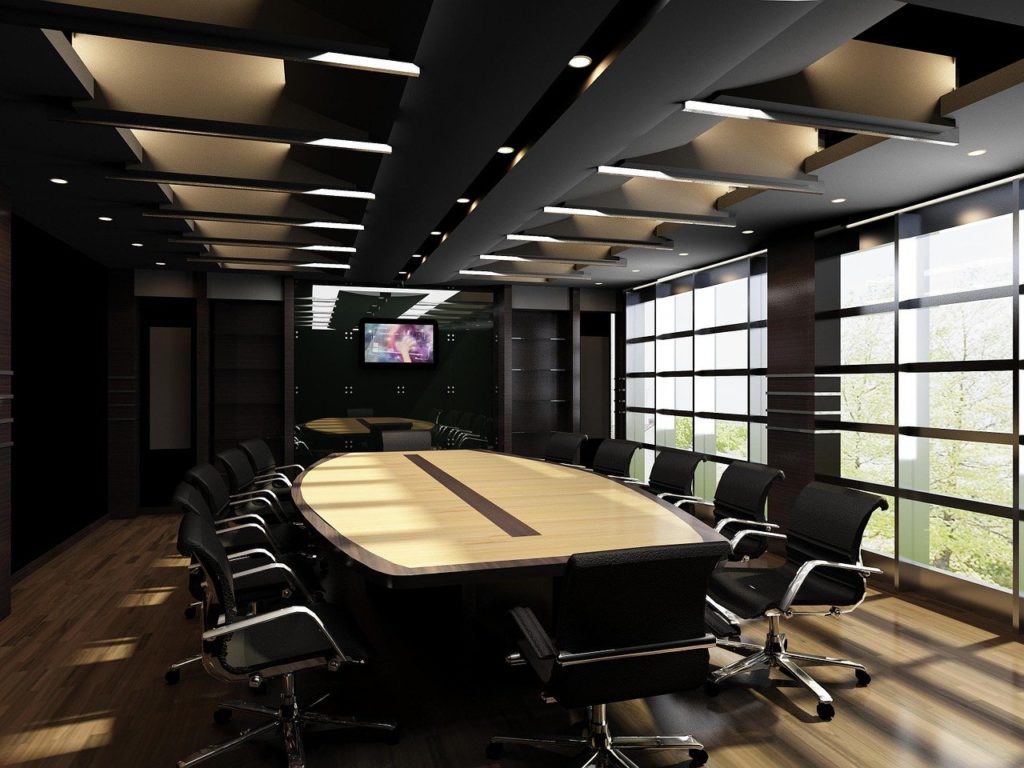Is your conference hall an echo chamber rather than being home to your important business meetings? Is your new sound system not performing efficiently? If the answer to any of these questions is YES, it’s time you consider acoustical solutions for your meeting room.
Perhaps, reading the word “acoustics” reminds you of your favorite club or theatre. But acoustics and audiovisual system integrators are also essential for better viewing and listening experience in conference halls. What impression will your clients and employees make of you when they cannot understand a thing during an important business deal or meeting.
Simply put, the acoustics in your meeting room can make or break the deal with your client. So, what should you do to enhance their sound experience? Now, most of the people say investing in a new AV & sound system can do the deed. But that’s not true. “You can have the very best equipment, arranged perfectly in a room, tuned by the best, and poor acoustics will still dramatically affect what people hear” – says an acoustic design consultant in Maryland. He adds, “The sound that reaches the listener’s ear is a combination of the sound produced by the equipment after it has interacted with the room’s surfaces.”
On that note, let’s look at a few changes that can be done to improve conference room acoustics so that the entire meeting experience can be enhanced.
Identify The Areas With Acoustical Problems
The very first step to improving the conference room acoustics is identifying the problem areas. That said, the sound is most easily heard and understood in dry rooms that have a short reverberation time than wet rooms that have a long reverberation time. However, dry acoustics are ideal for conference meetings; the reasons for poor acoustics are many. So, ask yourself below listed questions before you consult an acoustic design consultant for the right solution.
Can you hear noise coming from different parts of the office? Does your conference hall have more hard surfaces than soft surfaces? Once you know what’s the problem area, you can move ahead.
Replace Hard Surfaces With Soft Surfaces
Excess reverberation in the conference room creates a buildup of sound that takes a long time to fade away and usually, covers up the direct sound coming from the source – the SPEAKER. To solve this problem, you must use cloth-covered chairs rather than hard chairs. Additionally, you must call a carpet manufacturer and get the carpet flooring installed. Adding soft surfaces to the meeting room can decrease reverberation and make it easily heard by everyone without any distraction.
Furnish The Room Appropriately
MINIMALISM might be the new trend in the design industry, but following it in furnishing the conference room only means sound interruptions. That said, metallic and glass surfaces can cause echo and increase the reverberation time of the sound. They can also affect the sound quality.
Therefore, you must incorporate softer tones when furnishing the room. For example, use sofas with throw blankets, add drapes and plants to space. Changes as simple as these can reduce echo and improve conference room acoustics.
Sound Masking And Absorption Solutions
Investing in sound masking and absorption solutions can also improve your conference room audio. Soundproofing products can help you keep the outside noise out, whereas sound absorption products can trap the noise reflecting inside the conference room to prevent sound distractions, hence making it easier for the listener to understand.
Final Thoughts
Architects and designers usually overlook conference room acoustics during the design process, but they can become a massive problem once you start using the space for video conferences, conference calls, and business meetings. Therefore, it is essential to take steps to improve the acoustics of the space.
In addition to making the above-mentioned changes to your conference room, you must encourage everyone present in the room to contribute to the solution.



No comments